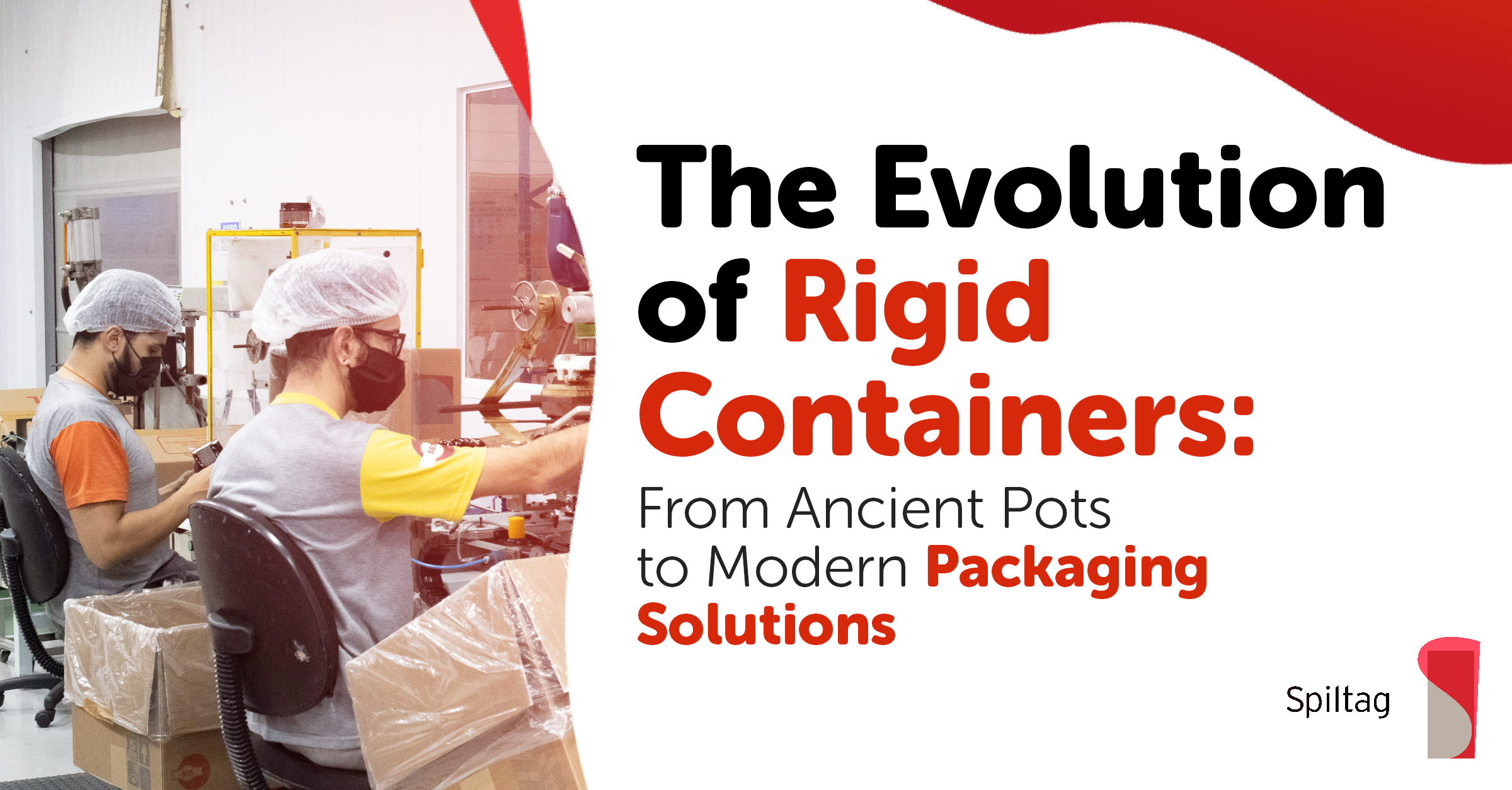
Over the centuries, the world of packaging has undergone a remarkable transformation, evolving from simple containers to sophisticated solutions that meet diverse needs across industries. Significantly, at the heart of this evolution lies the development of rigid containers, a cornerstone in the packaging industry. Consequently, this blog post delves into the history and key innovations of rigid containers, exploring how they have revolutionized the way we package, protect, and present products.
Rigid containers have been around for millennia. For instance, early examples include clay pots, wooden barrels, and metal cans. Initially, these containers were purely functional, designed to store and transport goods safely. However, the industrial revolution in the 18th and 19th centuries marked a significant turning point. It introduced mass production techniques that made rigid containers more accessible and varied.
Furthermore, the 20th century brought a seismic shift with the advent of plastic materials. Lightweight, durable, and moldable, plastics revolutionized rigid packaging. Moreover, the introduction of polyethylene terephthalate (PET) in the 1970s further expanded the possibilities, offering clarity, strength, and recyclability. This era saw the birth of the now-ubiquitous plastic bottles and containers, reshaping industries from beverages to pharmaceuticals.
As consumer demands and environmental awareness grew, so did innovations in rigid container design. We witnessed the emergence of child-resistant caps, tamper-evident seals, and barrier technologies that extended product shelf life. Additionally, the design also became a tool for brand differentiation, with unique shapes and sizes helping products stand out on shelves.
Importantly, the 21st century has seen a growing emphasis on sustainability. The rigid packaging industry has responded with developments in biodegradable materials, increased use of recycled content, and designs that minimize material use without compromising quality. Equally, innovations like lightweighting and improved recyclability are at the forefront of current trends.
Looking ahead, the rigid packaging industry is poised for further innovation. Smart packaging technologies, such as QR codes and RFID tags, are becoming more prevalent, offering enhanced user experiences and better supply chain management. Similarly, bioplastics and other eco-friendly materials are also gaining traction, signaling a future where packaging aligns seamlessly with environmental stewardship.
In conclusion, the journey of rigid containers in packaging is a testament to human ingenuity and adaptability. From ancient clay pots to modern biodegradable containers, this evolution reflects our changing needs, values, and technological capabilities. As we continue to innovate and push boundaries, rigid containers will undoubtedly play a pivotal role in shaping the future of packaging.
Rigid containers date back millennia, with early forms including clay pots, wooden barrels, and metal cans. These were initially designed for functional purposes like storage and transportation of goods.
The Industrial Revolution in the 18th and 19th centuries was a pivotal moment for rigid containers. It introduced mass production techniques, making these containers more accessible and varied in design and functionality.
The advent of plastic materials in the 20th century significantly transformed rigid packaging. Plastics, being lightweight, durable, and moldable, led to the development of new packaging solutions like plastic bottles and containers. The introduction of polyethylene terephthalate (PET) in the 1970s further expanded these possibilities.
With increasing consumer demands and environmental consciousness, rigid containers have seen significant innovations in design and functionality. This includes the development of child-resistant caps, tamper-evident seals, and barrier technologies that extend shelf life, as well as designs for brand differentiation.
The current trends in the rigid container industry are focused on sustainability, with developments in biodegradable materials, increased use of recycled content, and designs that minimize material use. Looking ahead, the industry is moving towards smart packaging technologies like QR codes and RFID tags, and eco-friendly materials like bioplastics, indicating a future where packaging is more aligned with environmental stewardship.
Check our linkedin page and our products!